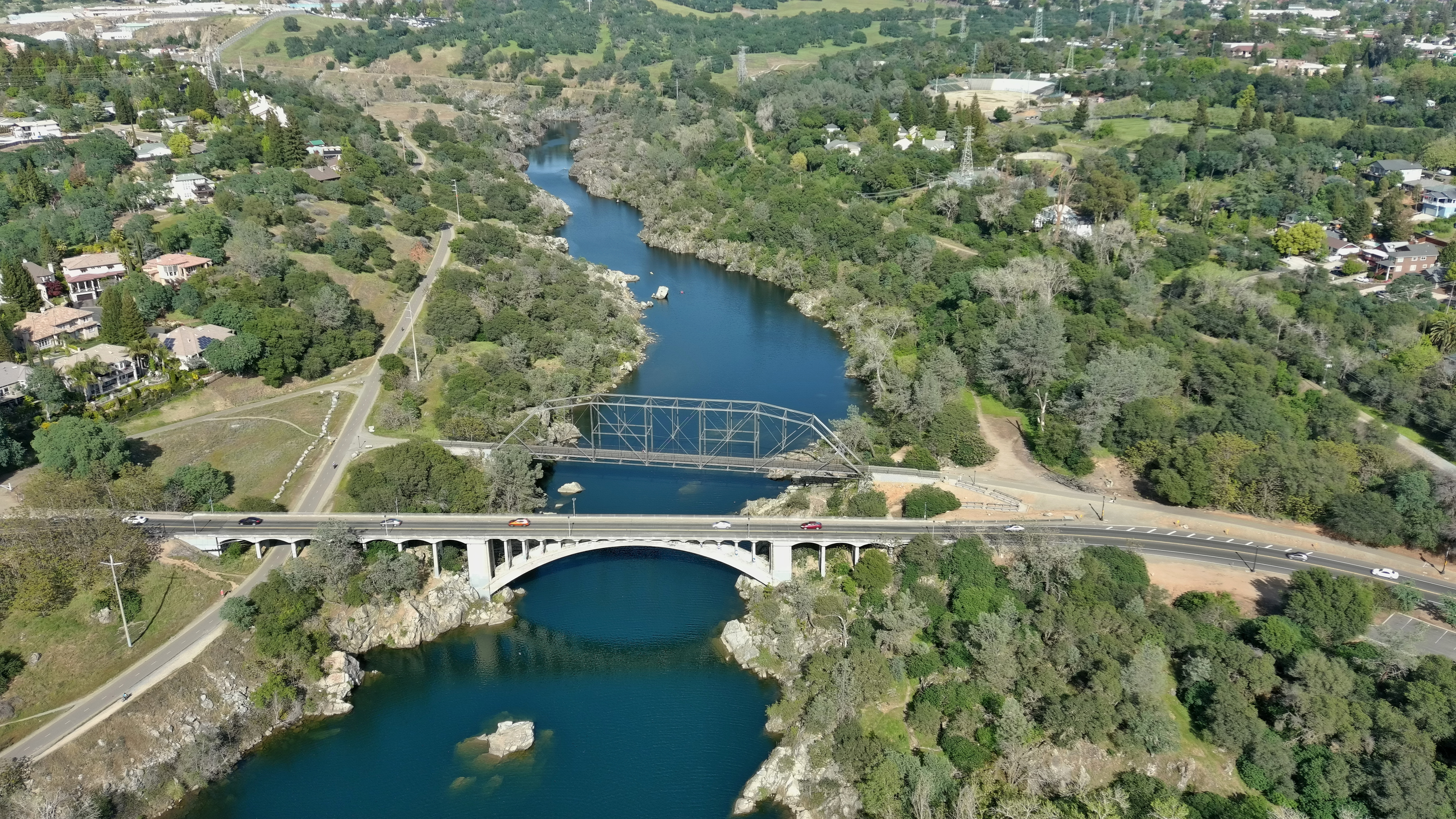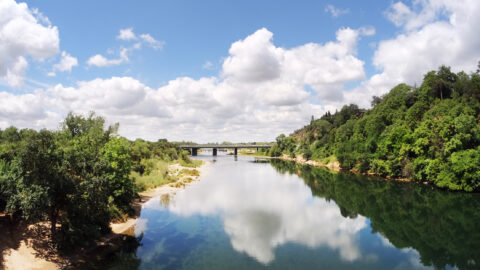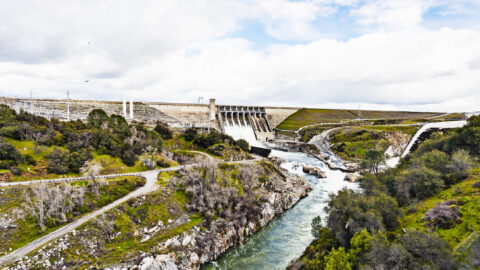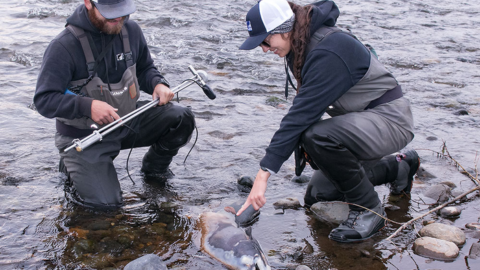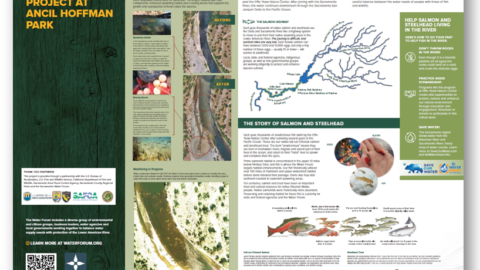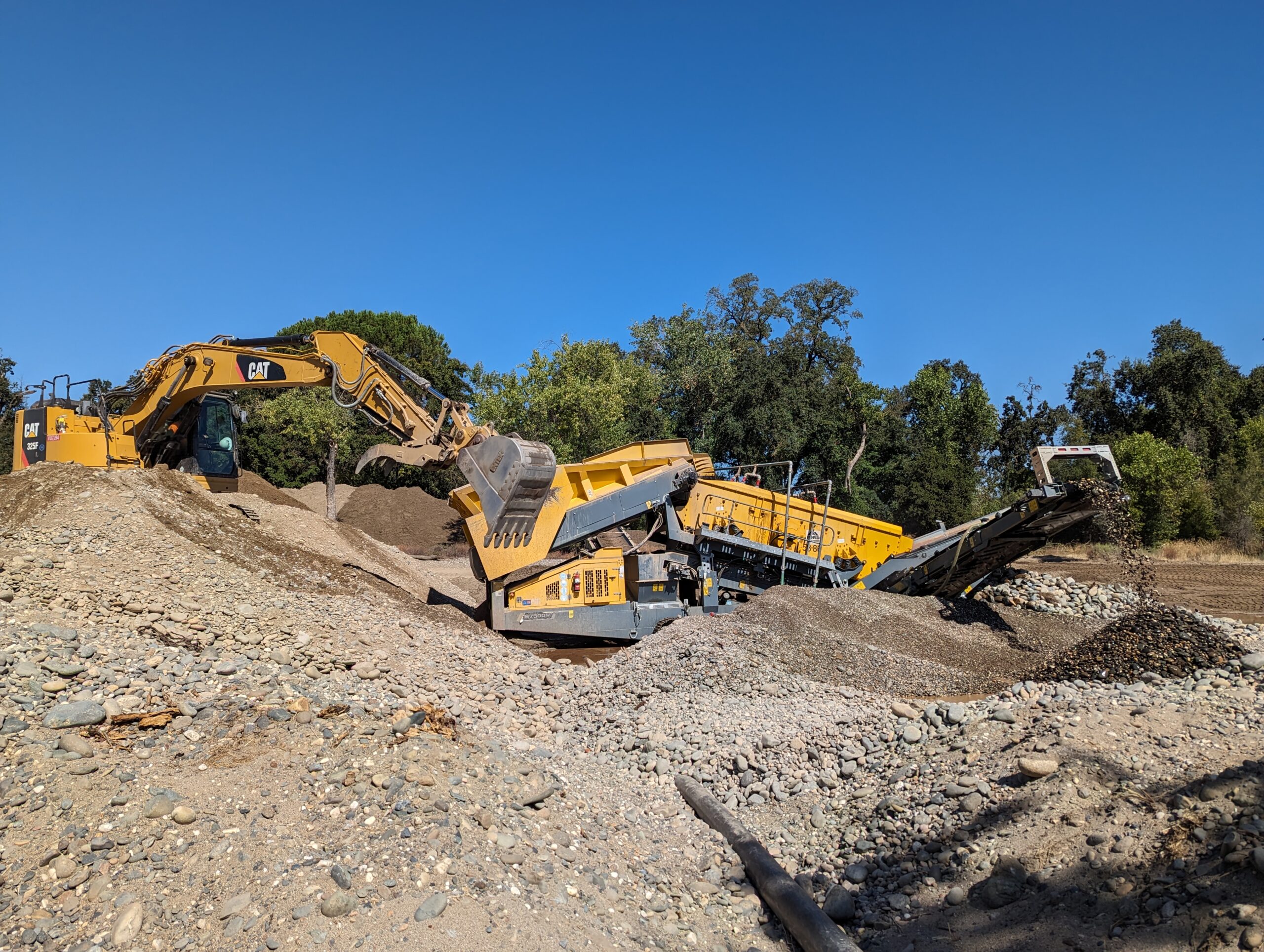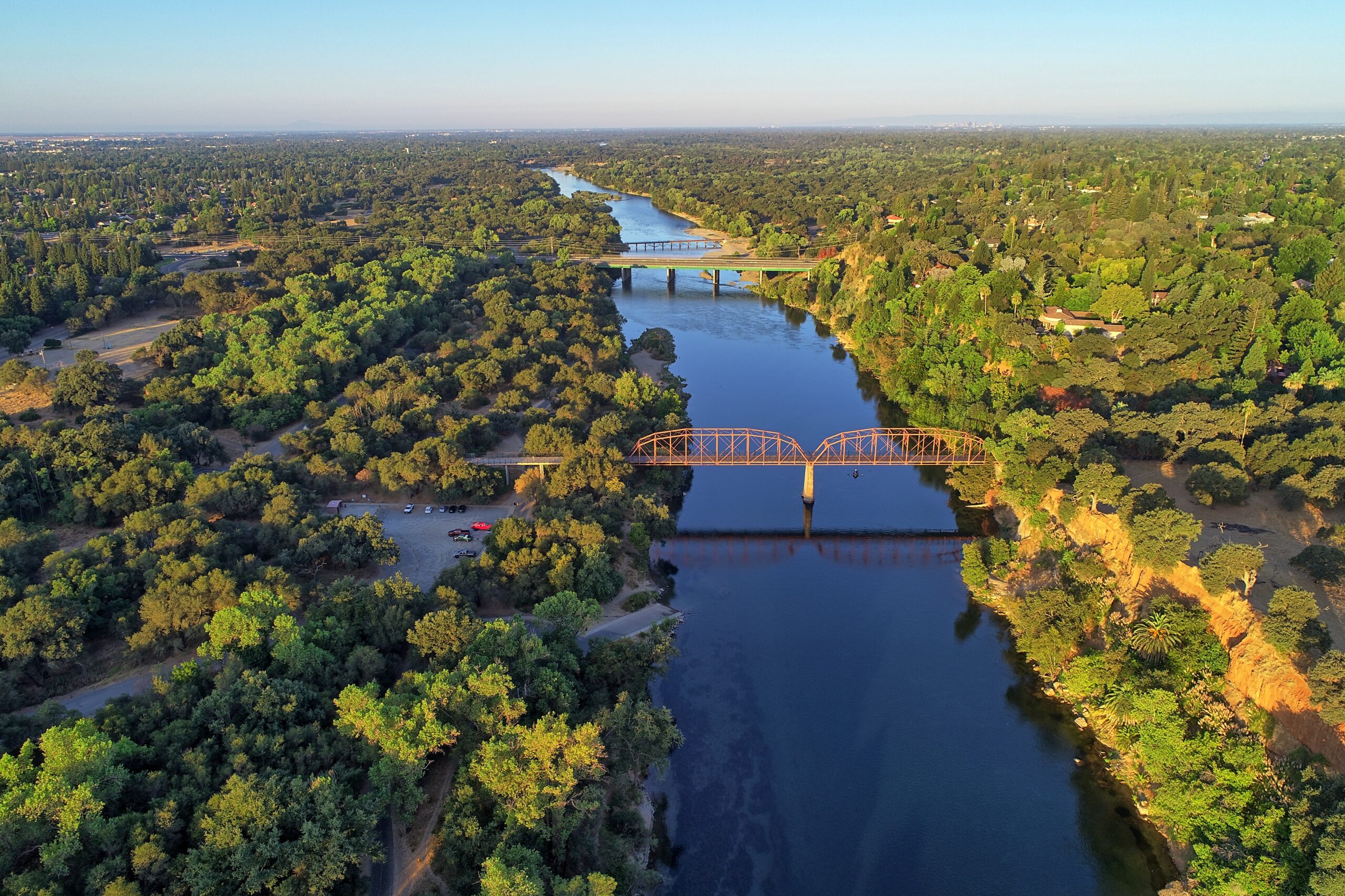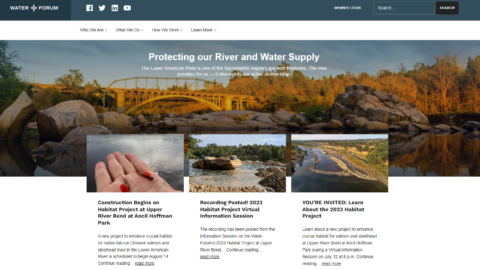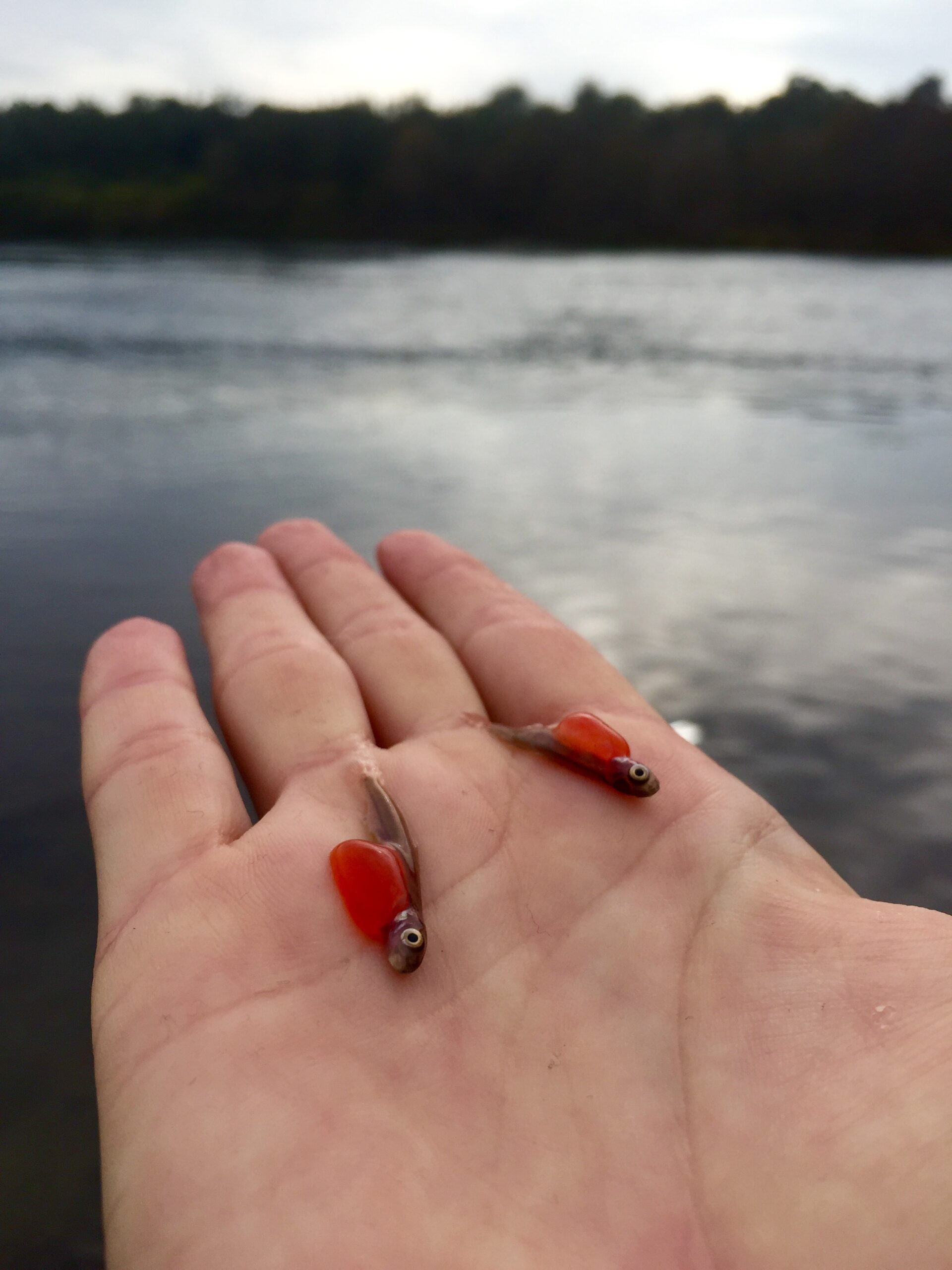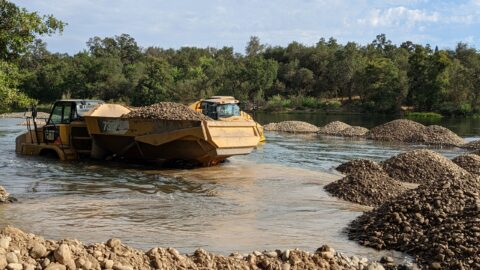Founded in 1983, the Foundation is the only nonprofit focused on conserving the full 23 miles of the Lower American River.
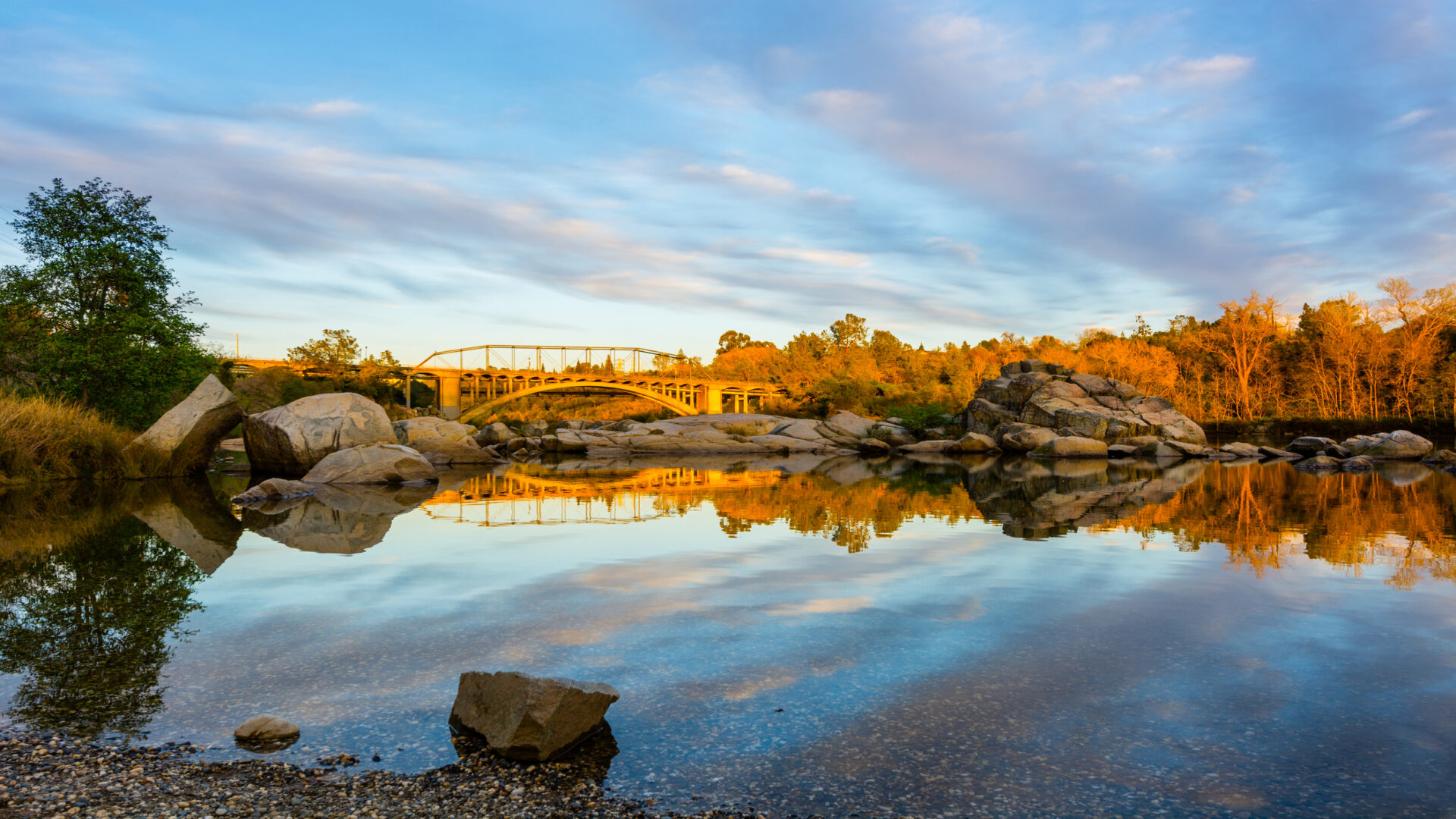
Category: News
30 Years Together: Cooperating for Habitat and Flood Control
Spotlight on the Lower American River Task Force
Folsom Launches “Water Vision” Project: A 50-Year Plan to Secure Water Supply and Address Climate Change
The city of Folsom is embarking on the most ambitious water planning effort in its history.
New Salmon Successes
By Susan Maxwell Skinner–Within weeks of a $3.6 million Water Forum project completion in October, giant chinook were spawning in new gravel beds beside Ancil Hoffman Park.
Interpretive Sign Shares 2021 Habitat Project and Honors Jonas Minton
A new interpretive sign that highlights the Water Forum 2021 habitat enhancement project and pays tribute to the late Jonas Minton, a Water Forum visionary, is now installed.
Upper River Bend Habitat Project Reaches Halfway Milestone
The Water Forum’s 2023 Habitat Project at Upper River Bend in Carmichael has reached its midway point and is now…
Water Forum Business Strategy Annual Review 2022-23: Celebrating Milestones and Collective Progress
The Water Forum is pleased to present its Business Strategy Annual Review for Fiscal Year 2022-23. The review highlights the…
Introducing the Water Forum’s Newly Redesigned Website!
We are thrilled to unveil our refreshed and redesigned website, created from the ground up with YOU in mind!
Construction Begins on Habitat Project at Upper River Bend at Ancil Hoffman Park
A new project to enhance crucial habitat for native fall-run Chinook salmon and steelhead trout in the Lower American River is scheduled to begin August 14.
Recording Posted! 2023 Habitat Project Virtual Information Session
The recording has been posted from the Information Session on the Water Forum’s 2023 Habitat Project at Upper River Bend…

